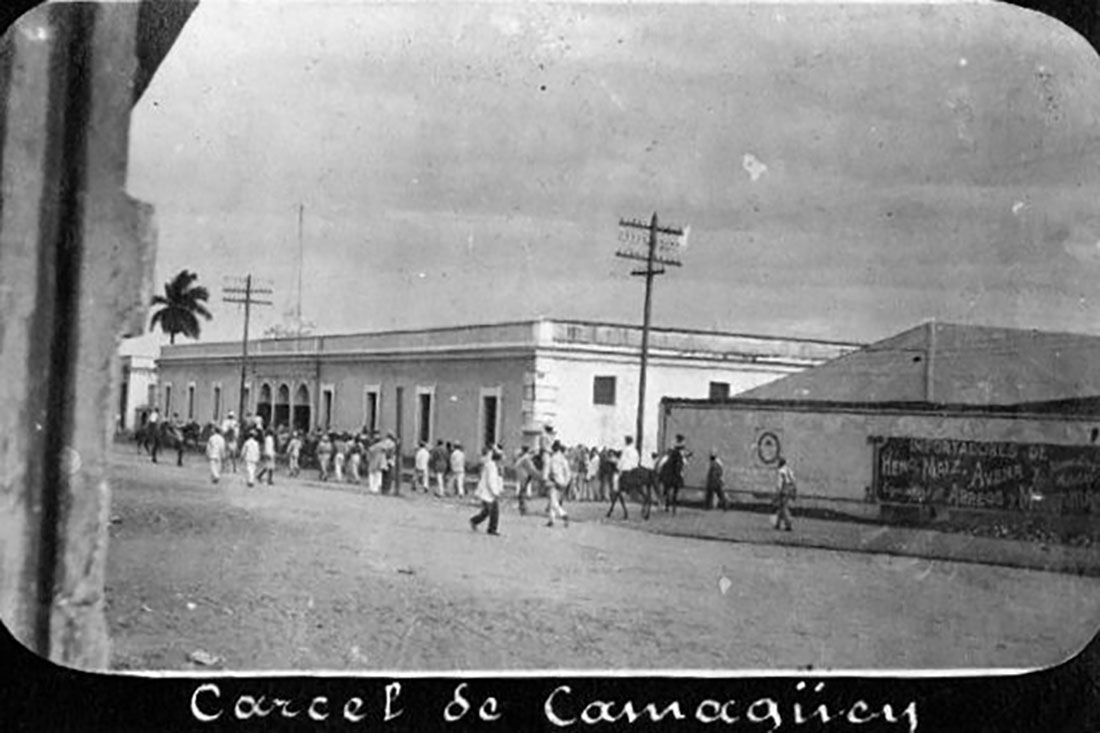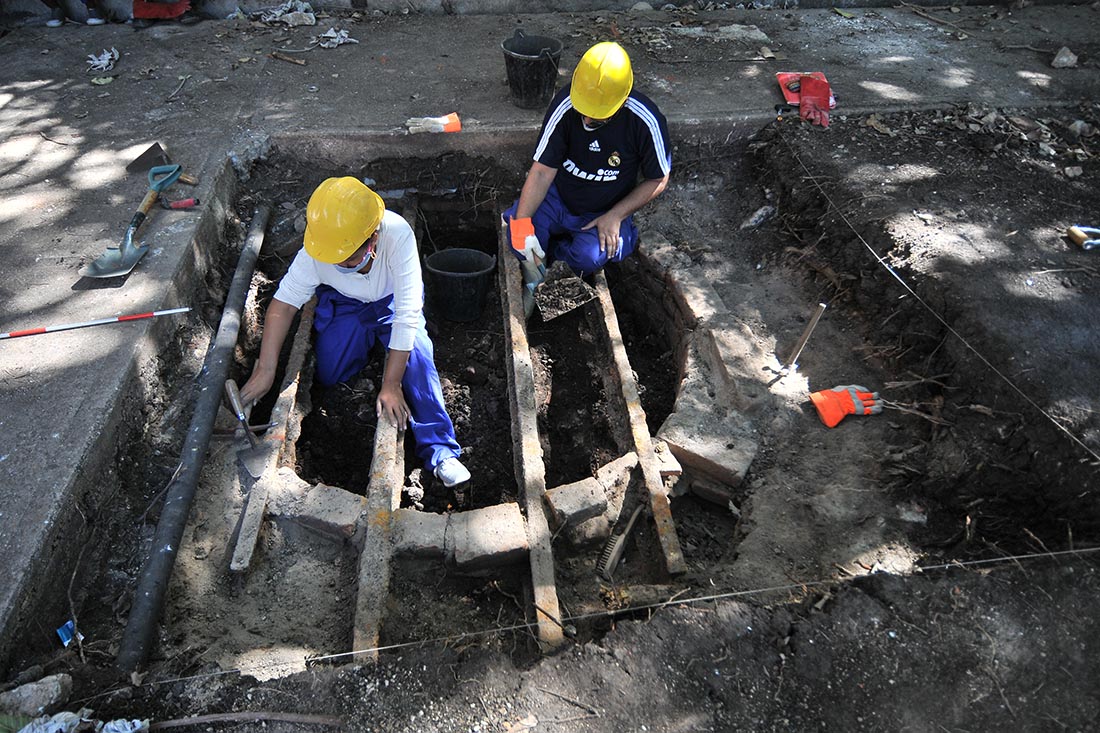When you visit a city, you enjoy walks through museums, parks, churches, etc., you are amazed at the charm of the domestic, religious, military and social repertoire – from the simplest to the most complex constructions – but on few occasions do you direct your gaze towards the buildings that formerly functioned as penitentiaries, many of which are almost non-existent today.
However, in Camagüey city, this property is still standing, which few generations nowadays associate with its use as a national prison during the 19th century and later as a public prison of the territory until 1974, when it became the headquarters of the Construction Company No. 15 of the Ministry of Construction.
The construction of the prison in the old San José neighborhood was carried out between 1853-1859 in correspondence with the disposition of Captain General José Gutiérrez de la Concha for the Cuban prison divided into the departments: West (Havana), Center (Puerto Príncipe) and East (Cuba). The land was ceded by the shareholders of the Nuevitas-Puerto Principe Railway Company, close to the old Paradero Square or Vapor Square.
On the other hand, the neoclassical elements of its facade stand out in the building, inside vast galleries with Tuscan capital columns around the central courtyard that has the traditional cistern in the center, the chapel for religious services, the dungeons for prisoners who committed homicide, assault, maroonage and robbery; according to sex and race and other interior premises for different uses.
Various Cuban patriots were imprisoned during the independence fights, especially those sentenced to death, act that was carried out on the land adjacent to the Infantry Barracks – today Manuel Ramón Silva Nursing Home.
During the neo-colonial Republic, railway and farmers’ leaders, Enrique José Varona and Sabino Pupo, respectively, served their time there. The revolutionary action of the Assault on the prison car, led by Noel Fernández Pérez to rescue members of the July 26th movement, is one of the most important historical events related to the place.
From preservation
Since 2020, archaeological interventions have been carried out in the central courtyard of the building by the archeology group of the subdirectorate of research and students of the school of trades of the Office of the Historian of Camagüey city, with the aim of analyzing the constructive evolution and identify material remains linked to the function of the space.
Among the archaeological finds, remains of floors, ordinary ceramics of European and local origin, and a well with other material evidence were identified. Future research will be oriented to the location of other cultural vestiges related to the infirmary rooms, kitchen and stratigraphic analysis to identify processes of transformation of the building and its relationship with the archaeological context.
Translated by: Aileen Álvarez García







